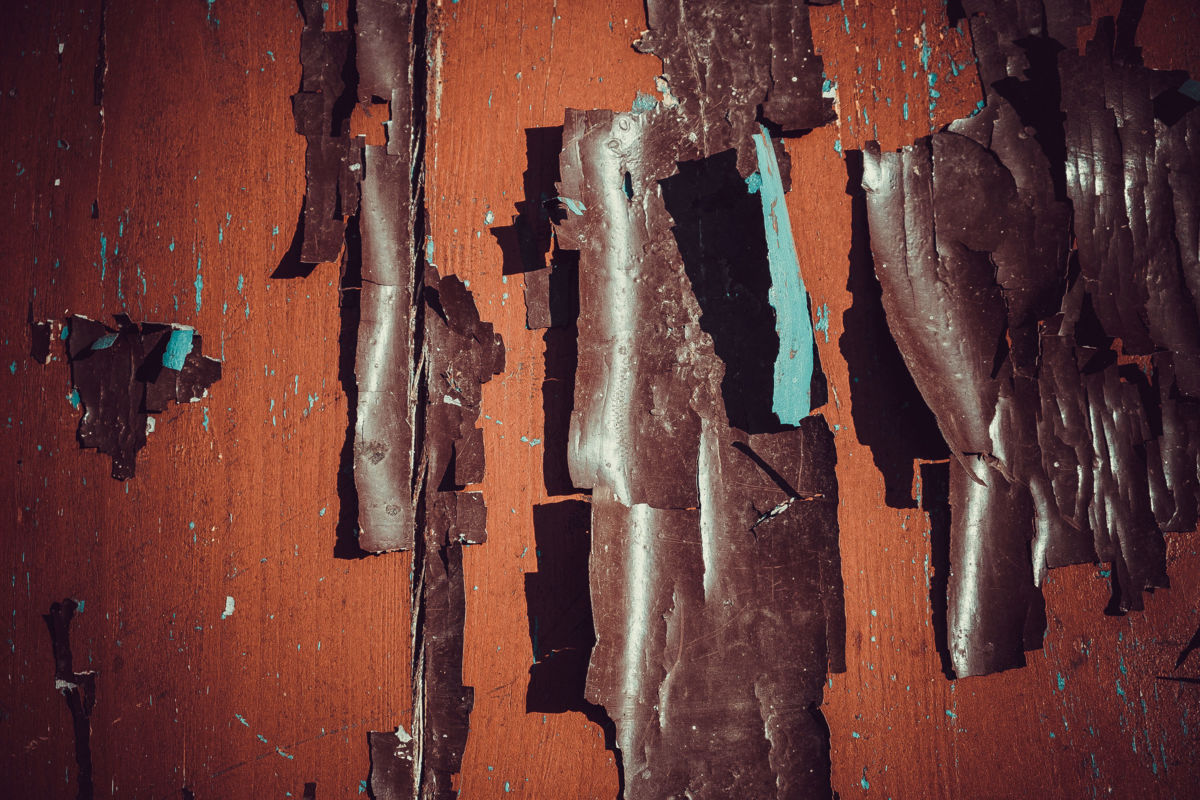With all the emphasis that has been placed on making sure children are safe from the hazards of lead-based paint at home, similar efforts would seem just as important for America’s schools.
After all, outside of the home, young children spend the majority of their day – 6.8 hours a day – at school.
Yet a new federal report found that an estimated 15.2 million children in the U.S. go to schools in school districts that found lead-based paint. This is happening more than 40 years after the United States’ 1978 ban on the use of lead-based paint in housing.
For years, as a nursing professor and parent educator who specializes in treating children with elevated lead levels, I have worked to identify children with lead poisoning and to help parents make their homes lead-safe.
Lead, breathed in or ingested, can affect children’s brain development.
Failure to Inspect
The report, released June 24 by the U.S. Government Accountability Office, highlighted how many school districts – 72% – are not even inspecting their buildings for lead-based paint hazards. The Government Accountability Office restricted its analysis to school districts that had at least one school built before 1978, and those that obtained drinking water from a public water system.
Among the 12% that do inspect for lead hazards, more than half found them. That raises questions about what amount could be found in the remaining 88% of schools that aren’t looking.
Lead was more frequently found in large school districts – 51% of the time versus 8% for other districts, according to the report. There could be a number of reasons for these results. These larger districts may have older school buildings, or they may be in larger cities that lack the money to keep schools in a good state of repair.
Parents Unaware
The report also reveals that school districts often don’t notify parents or school board members about lead inspection results.
Specifically, 58% of school districts did not notify parents of their findings and 46% did not tell school board members, according to the report. Fifty-nine percent didn’t tell the media, the report states.
To make an impact on lead hazards in America’s schools, there needs to be transparency. As one who has worked directly with lead-poisoned children, I find it interesting how often there is an emphasis on making sure students have things like technology to make sure children learn. The same emphasis needs to be placed on making sure schools are free from hazards, such as those posed by lead-based paint, that threaten children’s ability to learn
We’re not backing down in the face of Trump’s threats.
As Donald Trump is inaugurated a second time, independent media organizations are faced with urgent mandates: Tell the truth more loudly than ever before. Do that work even as our standard modes of distribution (such as social media platforms) are being manipulated and curtailed by forces of fascist repression and ruthless capitalism. Do that work even as journalism and journalists face targeted attacks, including from the government itself. And do that work in community, never forgetting that we’re not shouting into a faceless void – we’re reaching out to real people amid a life-threatening political climate.
Our task is formidable, and it requires us to ground ourselves in our principles, remind ourselves of our utility, dig in and commit.
As a dizzying number of corporate news organizations – either through need or greed – rush to implement new ways to further monetize their content, and others acquiesce to Trump’s wishes, now is a time for movement media-makers to double down on community-first models.
At Truthout, we are reaffirming our commitments on this front: We won’t run ads or have a paywall because we believe that everyone should have access to information, and that access should exist without barriers and free of distractions from craven corporate interests. We recognize the implications for democracy when information-seekers click a link only to find the article trapped behind a paywall or buried on a page with dozens of invasive ads. The laws of capitalism dictate an unending increase in monetization, and much of the media simply follows those laws. Truthout and many of our peers are dedicating ourselves to following other paths – a commitment which feels vital in a moment when corporations are evermore overtly embedded in government.
Over 80 percent of Truthout‘s funding comes from small individual donations from our community of readers, and the remaining 20 percent comes from a handful of social justice-oriented foundations. Over a third of our total budget is supported by recurring monthly donors, many of whom give because they want to help us keep Truthout barrier-free for everyone.
You can help by giving today. Whether you can make a small monthly donation or a larger gift, Truthout only works with your support.
